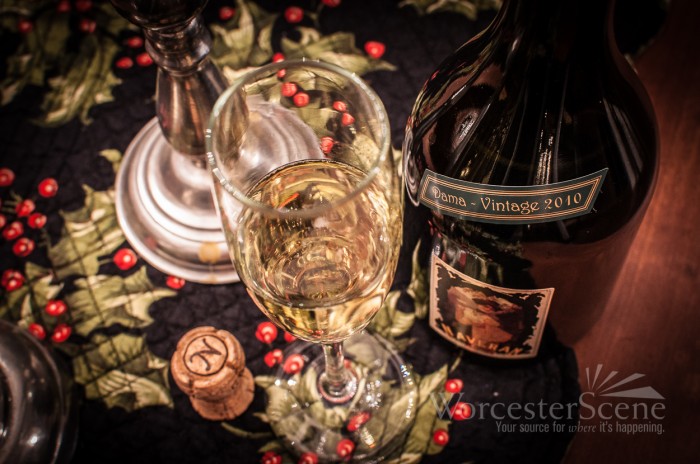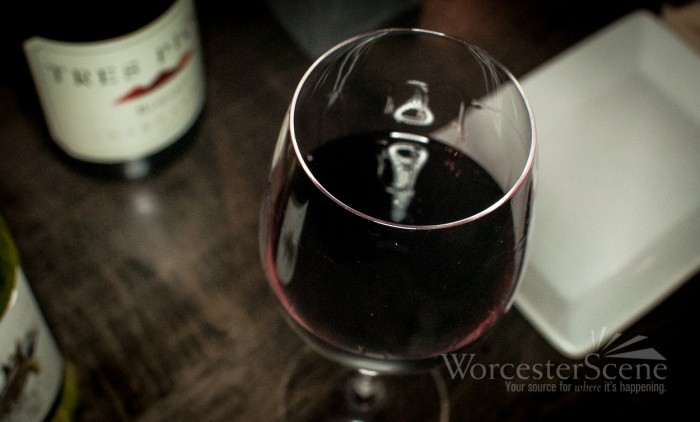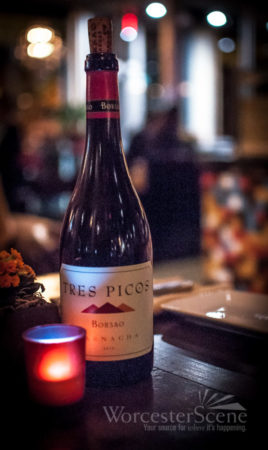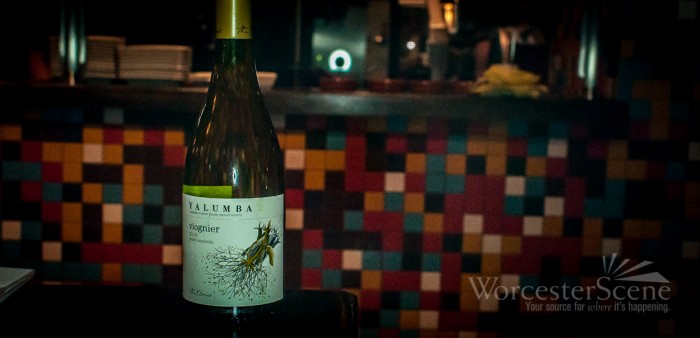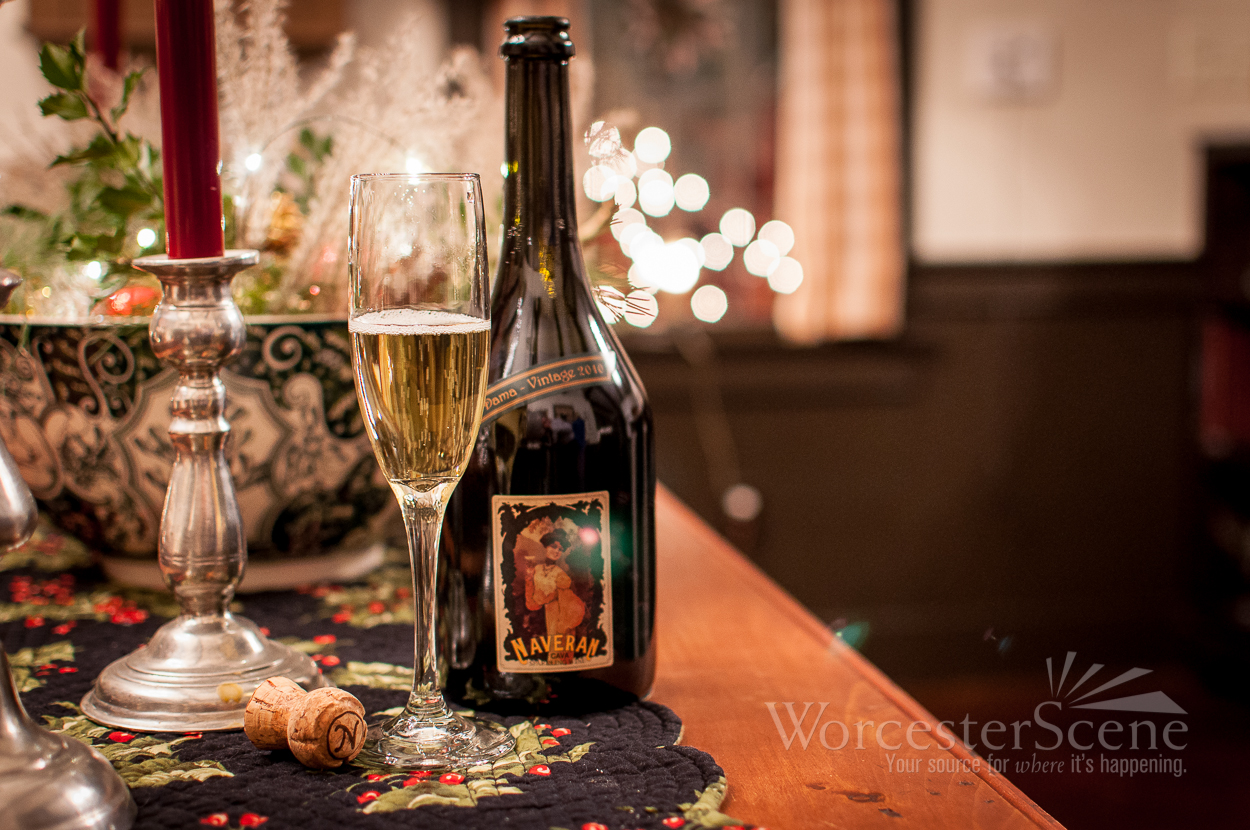
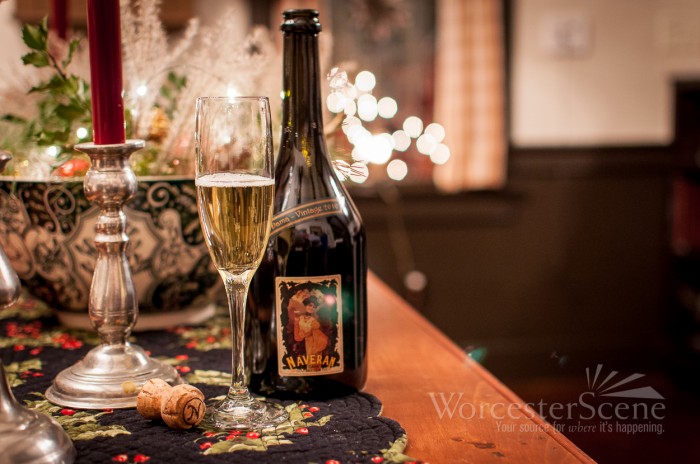 Sparkling wine may easily be the most beloved style of wine, but too many people feel that bubbles are only for special occasions. Alternately, bubbles can simply make any occasion feel more special. Whether that occasion is a promotion, birthday celebration or just celebrating the end of your work day. Being a strong advocate of drinking good wine in the name of every and any kind of celebration, I am always on the hunt for the best wine for the best price. Something along the lines of “necessity being the mother of invention”, where my necessity is wine and I inventively find ways to drink well on a budget. What does this have to do with bubbles? Only the fact that finding affordable bubbles is my equivalent of finding the Holy Grail of enology. This sounds dramatic, and it is a little bit, but when was the last time you bought Champagne? Talk about dramatic, you are spending at least $40 a bottle for generic bubbly that happens to be produced in Champagne, France. To buy Champagne that is expressive with multiple layers of complexity, you are climbing into the price range of at least $60-80 in a retail setting. Yes, it is labor intensive. Yes, it is high in quality. Yes, it is absolutely delicious. Is it the best there is to offer? Not necessarily. Is it a value? Never.
Sparkling wine may easily be the most beloved style of wine, but too many people feel that bubbles are only for special occasions. Alternately, bubbles can simply make any occasion feel more special. Whether that occasion is a promotion, birthday celebration or just celebrating the end of your work day. Being a strong advocate of drinking good wine in the name of every and any kind of celebration, I am always on the hunt for the best wine for the best price. Something along the lines of “necessity being the mother of invention”, where my necessity is wine and I inventively find ways to drink well on a budget. What does this have to do with bubbles? Only the fact that finding affordable bubbles is my equivalent of finding the Holy Grail of enology. This sounds dramatic, and it is a little bit, but when was the last time you bought Champagne? Talk about dramatic, you are spending at least $40 a bottle for generic bubbly that happens to be produced in Champagne, France. To buy Champagne that is expressive with multiple layers of complexity, you are climbing into the price range of at least $60-80 in a retail setting. Yes, it is labor intensive. Yes, it is high in quality. Yes, it is absolutely delicious. Is it the best there is to offer? Not necessarily. Is it a value? Never.
 Here’s the deal with Champagne. First off, let’s realize it is only Champagne when it comes from the region of Champagne, France. If it is not from Champagne, it is not Champagne. So, please, please, stop calling everything bubbly “Champagne.” That being said, Champagne is not the only good sparkling wine in the world. However, credit must be given where it is due. Champagne, located about 90 miles north of Paris, is a cool region with pristine chalky soils, known for producing wines of high acidity and pronounced minerality, the backbone of well-made sparkling wine. While this terroir is perfect for growing grapes ideal for bubbly, the land is not cheap. As with any land that has had a stronghold on any part of this industry for a long time, highly sought after real estate has a high price tag. That is if it is even for sale. Champagne is broken up into tiny parcels of land, as a result of the Napoleonic Code. During his time of rule, Napoleon changed land inheritance in France, so that family estates would be divided amongst all children equally versus the eldest inheriting land, a classic middle child move. Ultimately, this put an even higher premium on French wine-producing regions. In addition to this, the actual process of making sparkling wine in the “Methode Champenoise” is labor intensive and time consuming. (See image 1, Wine Geeks) Champagne producers can be paying high real estate taxes, paying for skilled manual labor and waiting 2-3 years to make money off a harvest and that is why you are paying a minimum of $40 a bottle.
Here’s the deal with Champagne. First off, let’s realize it is only Champagne when it comes from the region of Champagne, France. If it is not from Champagne, it is not Champagne. So, please, please, stop calling everything bubbly “Champagne.” That being said, Champagne is not the only good sparkling wine in the world. However, credit must be given where it is due. Champagne, located about 90 miles north of Paris, is a cool region with pristine chalky soils, known for producing wines of high acidity and pronounced minerality, the backbone of well-made sparkling wine. While this terroir is perfect for growing grapes ideal for bubbly, the land is not cheap. As with any land that has had a stronghold on any part of this industry for a long time, highly sought after real estate has a high price tag. That is if it is even for sale. Champagne is broken up into tiny parcels of land, as a result of the Napoleonic Code. During his time of rule, Napoleon changed land inheritance in France, so that family estates would be divided amongst all children equally versus the eldest inheriting land, a classic middle child move. Ultimately, this put an even higher premium on French wine-producing regions. In addition to this, the actual process of making sparkling wine in the “Methode Champenoise” is labor intensive and time consuming. (See image 1, Wine Geeks) Champagne producers can be paying high real estate taxes, paying for skilled manual labor and waiting 2-3 years to make money off a harvest and that is why you are paying a minimum of $40 a bottle.
So where does Cava come in? What is Cava? Your new favorite C-word. Cava is sparkling wine fron Penedes, located in the Northeast of Spain. It is made in the same production method as Champagne, often seen as “Methode Tradicional” on the label, which is a testimony to its relatively high quality. Penedes has a cool climate, ideal for sparkling wine. The soils of Penedes are chalky, but not as renowned as Champagne. The blending grapes are different, but contribute the same qualities, such as structure, backbone, floral notes, etc., as the blending grapes in Champagne. The very cheapest Cavas you find are admittedly not that good. But the good ones are oh-so-good. The Cava equivalent for the basic $40 Champagne? Retail cost $15. The Cava equivalent for your $300 vintage Champagne? $60 bottle of Cava. Good and great Cavas are just as elegant and rich as the best Champagnes. There, I said it. Cava producers take the same labor-intensive and time-consuming care of their wines as Champagne producers, at a fraction of the cost.
In this season of celebration, and all seasons of celebration, big Champagne producers may wow your peers, but at what price? Let’s be real, it is much more impressive to bring 4-times the amount of really good bubbly for the same price. When luxury does so often break the bank, enjoy this discovery where you realize it doesn’t always have to. Celebrate with Cava this holiday season, New Year’s Eve and Tuesday night at home if you want to. You can feel like a million bucks, while only spending $30, and that’s more than ok.
Méthode Champenoise
(aka Méthode Traditionelle, Classic Method, Método Tradicional)
- Harvest: late September-early October
- Pressing Grapes: only 2 pressings permitted
- Fermentation (1st): grape juice converted to wine (sugar + yeast= Alcohol + CO2, CO2 dissipates)
- Blending: blending of the still wines (choice of 30-60 still wines, choosing grapes, vintages, etc.)
- Add liqueur de tirage: blend of yeast and sugar to begin 2nd (Wine is now in permanent bottle with a temporary bottle cap)
- 2nd Fermentation: CO2 stays in the bottle this time
- Aging: Specified to winemaker’s decision
- Riddling: a process of slowly turning bottle, so all sediment eventually gathers at the neck
- Dégorgement: bottle is frozen & CO2 pushes out temporary cap and frozen sediment
- Dosage: blend of wine and cane sugar. Determines degree of sweetness.
- Recorking: with real cork and cage wire

